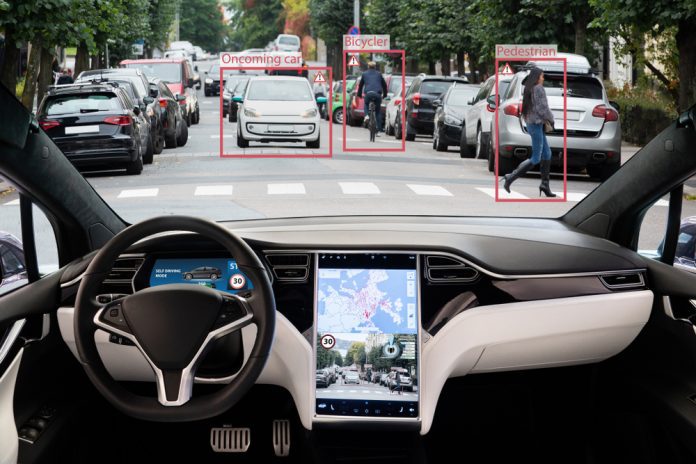Software company Arm has unveiled a new computer chip design tailored for self-driving cars that it says will help the automotive industry accelerate the transition to safer, technologically advanced vehicles.
Arm is not a manufacturer but designs computer chip architecture that other technology firms license to produce specified hardware. As such, its new platform will be used as a base by automotive partners to create customized chips for use in self-driving systems. The company also plans to launch a virtual version of its chip that will allow developers to test software before accessing a physical component.
Originally focused on mobile phone technology, Arm says it has shifted to prioritize the automotive market under its new CEO, Rene Haas, who took charge in 2022. Its computer chip architecture has previously been utilized by Nividia to design a self-driving car platform called Thor. In the future, Arm says it will be working with high-profile partners such as Amazon Web Services to deploy new systems.
Autonomous vehicles have a multitude of hurdles to clear before mass adoption, at least on the scale that industry innovators such as Elon Musk envision, can become a reality. New technologies, such as Arm’s chip design, could speed up the pace at which those hurdles are cleared but are unlikely to be the magic bullet to the problem of self-driving. Dipti Vachani, senior vice president and general manager of the firm’s automotive division, acknowledged in a statement given to the Financial Times that it will likely take four to five years of development for automakers to implement Arm’s architecture into their models.
There are five levels of self-driving capabilities categorized by technical engineering organization SAE International, ranging from driver assistance to full autonomy. Only one platform has received Level 3 certification in the U.S., that being Mercedes-Benz’s Drive Pilot software, which means it is able to steer a vehicle, with supervision, in certain conditions and will alert the driver when those conditions are not met. Alternatively, Tesla’s Full Self-Driving (FSD) platform is categorized as Level 2, meaning that it can navigate the car in specific instances but is unable to identify when a human should take over control.
Last year, General Motors-owned robotaxi firm Cruise halted operations after one of its cars struck and dragged a pedestrian. That and other instances of self-driving car accidents have heightened awareness of the extensive challenges that must be overcome before autonomous vehicles meet safety standards. Earlier this week, the U.S. Insurance Institute for Highway Safety published a report examining a number of self-driving or driver-assistance platforms used in the U.S. Only one, the Lexus Teammate with Advanced Drive system, received a passing grade. The rest, including Tesla’s Autopilot and FSD, were marked as “poor.”



